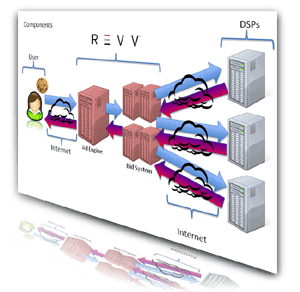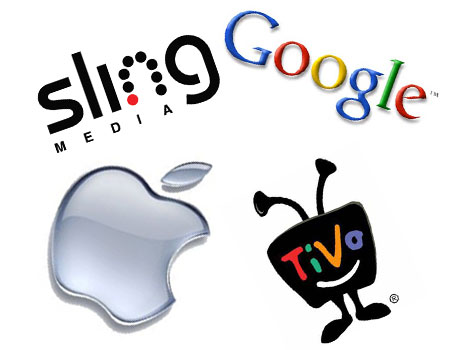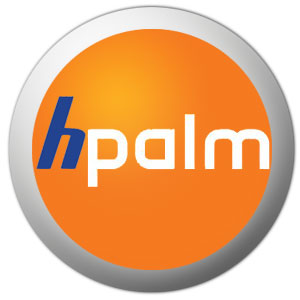This post was written in the early days of RTB. While the description of the ecosystem it is still relevant, some of the products mentioned may have been renamed.
Real-Time Bidding (RTB) might seem like old hat already, but there are still many misconceptions out there about how it actually works. It seems that there’s not a ton of material out there that explains RTB in a straightforward manner; until now.
The market explains RTB as sales channel where advertisers bid on their desired ad impressions, with the targeted impression going to the highest bidder. RTB ad serving is made possible through APIs shared among networks, exchanges and optimization platforms that dictate detailed transaction conditions.
While RTB’s value to publishers seems enticing as access to more demand sources equates to increased publisher revenue, the risks, however less apparent, are significant. Because RTB gives advertisers their desired audience at the lowest possible price, publishers are at risk of downward pricing pressure – and net negative revenue impact – resulting from the buy-side’s increased efficiency .
It’s for this very reason that the Rubicon Project recently launched the REVV Protected RTB 1.0 beta. I’ll explain how the REVV for publishers ™ 3.2 Yield Optimization platform handles Protected RTB at a high level to paint a clearer, basic picture.
How Bidding Works
A quick note – as you read through the following, bear in mind that the entire process described in the paragraphs below takes place in less than 80 milliseconds. For perspective, it takes about 300-400 milliseconds to blink an eye.
Let’s start with the ad request. This is the same ad request (a request from a publisher to fill a given ad impression) that would come in without Protected RTB engaged. The REVV ad engine checks the rules for that impression to see if it is eligible to receive real-time bids (the system calls that “Protected RTB enabled”) and which Demand Side Platforms (DSPs) should get exposure to it, per the publisher’s permission control settings (we currently work with a number of DSPs including AppNexus, Turn, Triggit, MediaMath, DataXu, Quantcast and Media6Degrees). If the impression is Protected RTB enabled, then the REVV ad engine packages the pertinent information about the impression and anonymized user information (no personally identifiable information) and sends to REVV’s real-time bid system.
The bid system receives the request from the ad engine, unpacks it and creates distinct request packages for each DSP. Each bid request package includes information the DSP needs to make a decision whether to bid, including basic information about the site, the anonymized user information and ad itself parameters like dimensions and acceptable creative types. These request packages are all in a standard format defined for the REVV Protected RTB platform; each DSP has implemented the communication protocol according to REVV’s API specification. Read more




 Apple has several sizes and shapes in their line of computers and iPods, but only one size and shape to their phone. Sure, you can get 3G or 3GS with a variety of storage onboard, but the device itself comes with the same processor, same graphics, same screen size, same camera, same ins and outs.
Apple has several sizes and shapes in their line of computers and iPods, but only one size and shape to their phone. Sure, you can get 3G or 3GS with a variety of storage onboard, but the device itself comes with the same processor, same graphics, same screen size, same camera, same ins and outs. Tivo, you had it right. You were in the right place with a near perfect device. You were missing a DVD player and the Internet, but that’s about it. Honestly, you had me sold.
Tivo, you had it right. You were in the right place with a near perfect device. You were missing a DVD player and the Internet, but that’s about it. Honestly, you had me sold. Yesterday HP announced that it was going to buy Palm for $1.2 billion (HPalm?). I think it’s a stroke of genius. The more I dig into this plan the better both companies look to benefit from it. There are a lot of hurdles to overcome, but if they can execute on some key opportunities they could be perfectly positioned to give Apple a run for the money. It’s not rocket science to see the potential here or to come up with even a modest plan to give them a good shot. Early indications are that HP will leverage sales and market reach to push Palm devices into the market. I hope that’s not the end of the plan. It might yield a quick buck but there’s so much more they can do.
Yesterday HP announced that it was going to buy Palm for $1.2 billion (HPalm?). I think it’s a stroke of genius. The more I dig into this plan the better both companies look to benefit from it. There are a lot of hurdles to overcome, but if they can execute on some key opportunities they could be perfectly positioned to give Apple a run for the money. It’s not rocket science to see the potential here or to come up with even a modest plan to give them a good shot. Early indications are that HP will leverage sales and market reach to push Palm devices into the market. I hope that’s not the end of the plan. It might yield a quick buck but there’s so much more they can do.

